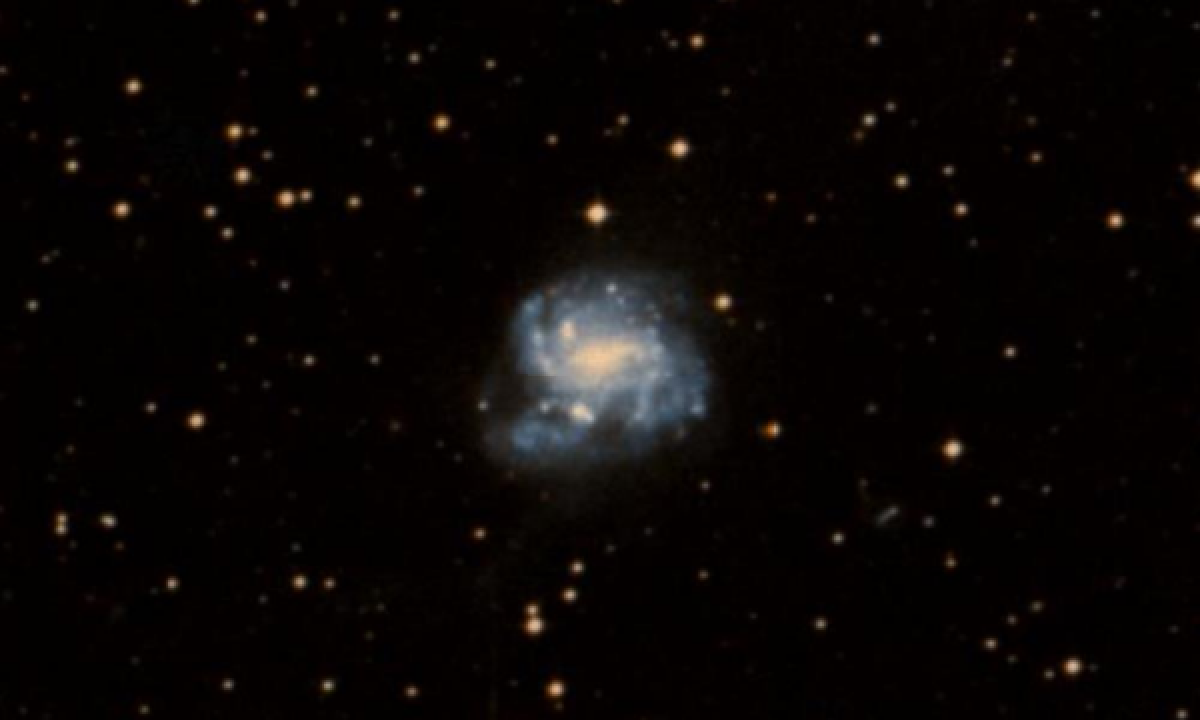The New General Catalogue of Nebulae and Clusters of Stars (abbreviated as NGC) is a catalogue of deep-sky objects compiled by John Louis Emil Dreyer in 1888. The NGC contains 7,840 objects, known as the NGC objects. It is one of the largest comprehensive catalogues, as it includes all types of deep space objects, including galaxies, star clusters, emission nebulae and absorption nebulae.
Know more about NGC
NGC 2139

NGC 2139 is a barred spiral galaxy in the constellation of Lepus. It was discovered on November 17, 1784, by the German-English astronomer William Herschel. The galaxy is located at a distance of 120.6 million light-years (36.98 Mpc) from the Sun and is receding with a radial velocity of 1,836 km/s. The overall form of this galaxy is irregular with spiral arms and the appearance of tidal features, suggesting a potential recent merger event. There is no central bulge of significance. The morphological classification is SAB(rs)cd, which indicates a barred spiral galaxy (SAB) with a transitional inner ring structure (rs) and loosely wound spiral arms (cd). It is a star forming galaxy with a formation rate of 3.8 M☉·yr−1. There is a plume extending to the south of the galaxy. A luminous filament runs through the center of the galaxy, which includes a small nuclear cluster. This cluster is only 4.1×107 years old with a mass of 8.3×105 M☉. It is offset at a distance of 320 pc from the center of the galaxy and may come to rest there on a time scale of around 100 million years. The cluster is a source of X-ray emission.
More Images:

Sources:
Wikipedia Page: NGC 2139
NGC 2139 at In-The-Sky website
